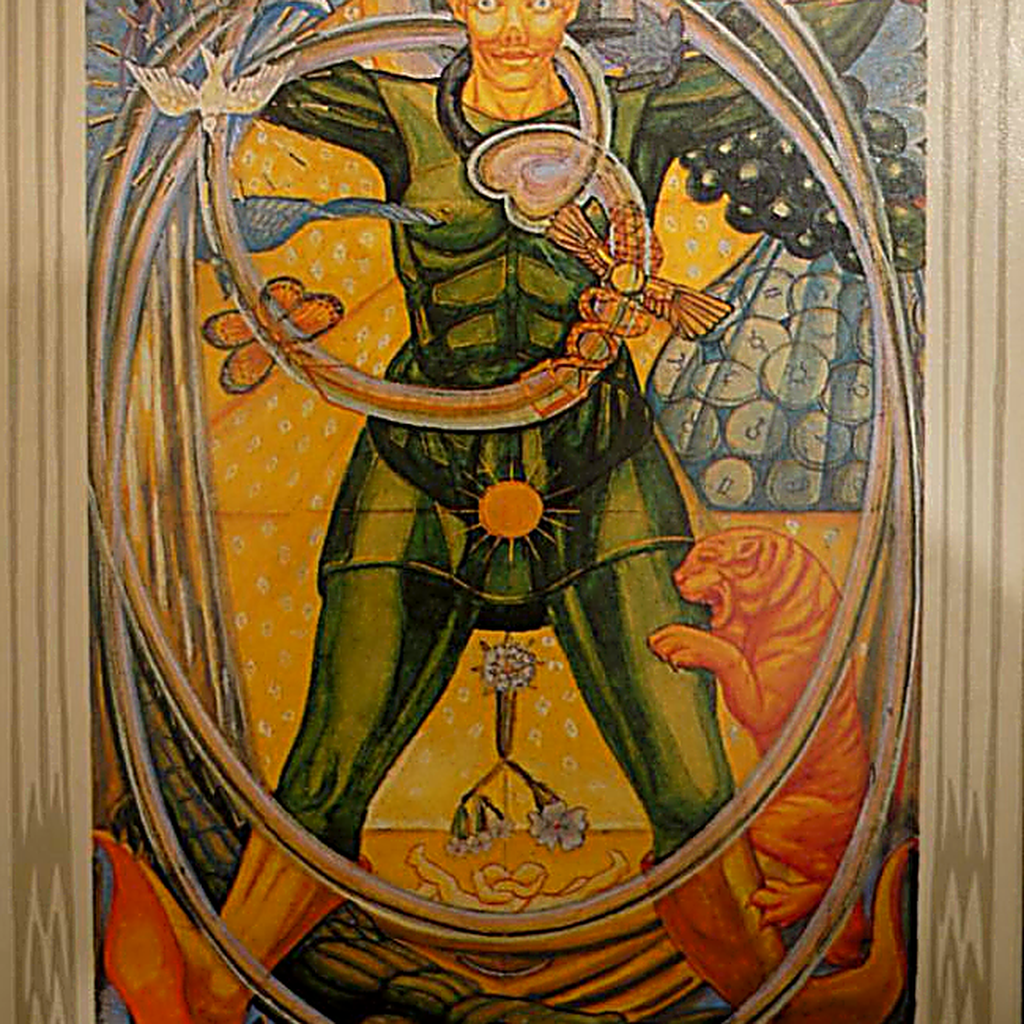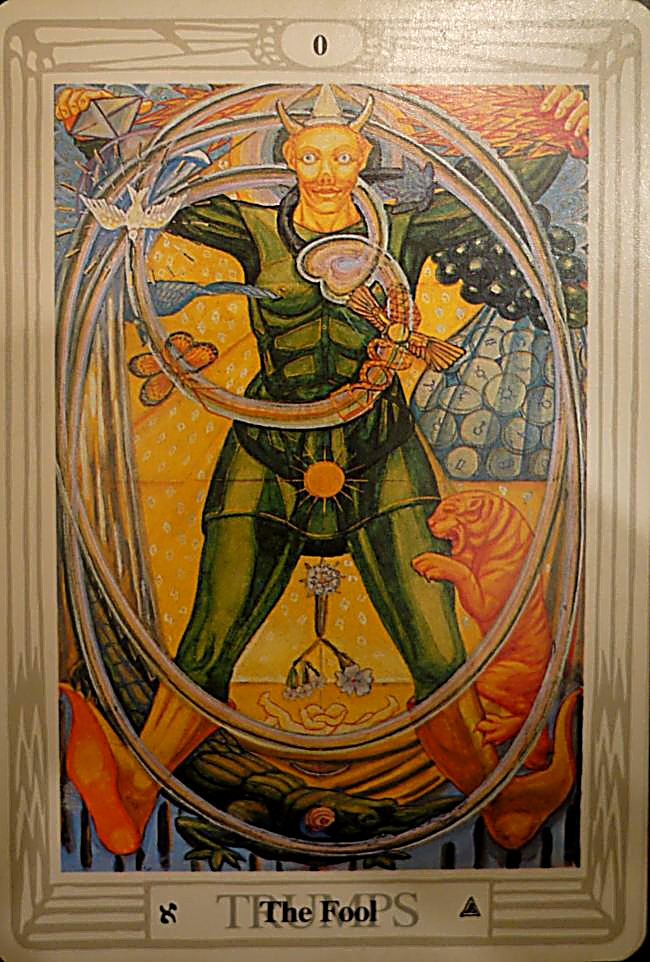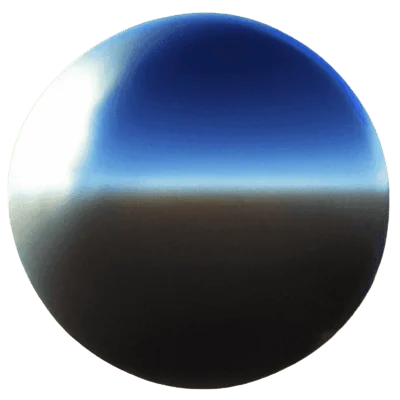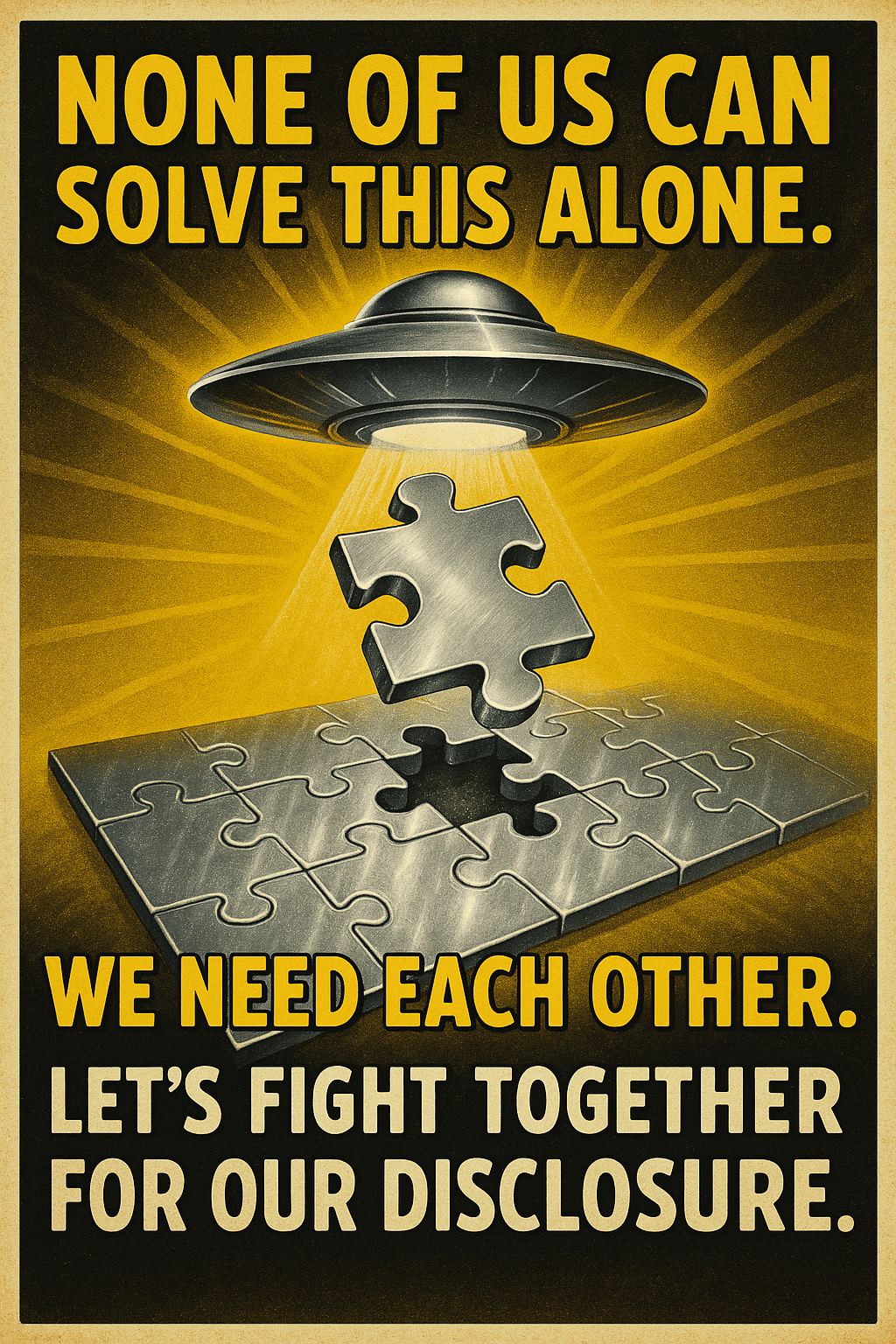Book of Thoth

To open The Book of Thoth is to step off the edge of the known. The very first card, The Fool, sets the tone—portraying a horned, wide-eyed figure in freefall through a storm of symbols: crocodile jaws (reptile), leaping tigers, a rainbow womb, and serpents devouring their own tails. His light blue eyes stare out like windows to something older and stranger than sanity itself. This is no court jester. This is divine chaos, pure potential before creation, a trickster god operating on the edge of reason. The Fool moves through realms, unbound and unaware—mirroring an age of deception where it’s easier to fool others than awaken them. This isn’t just a card. It’s a sign of the era we’re living in.
The horns—at once mythic and unsettling—have taken on eerie relevance in modern culture, where horned figures have appeared in both ancient art and contemporary accounts of unidentified entities. In an age grappling with the reality of unidentified phenomena in the skies and governmental hesitation to disclose the full scope of non-human contact, the symbolism feels increasingly prophetic. Some have noted the unsettling presence of inversion, gender ambiguity, and cosmic unpredictability that mirror the collective anxieties of 2025. The card’s label—”TRUMPS: FOOL”—seems oddly timed as the world inches closer to high-stakes decisions, including those tied to nuclear diplomacy and prophetic timelines that point to 2025 as a year of reckoning. When Aleister Crowley and Lady Frieda Harris set out to create a tarot deck unlike any before it, they opened a portal into a multidimensional symbolic machine. They weren’t just illustrating archetypes—they were reactivating a current of esoteric knowledge that reaches back to Thoth, forward to Aiwass, and sideways into alternate dimensions. This deck—and the book that decodes it—isn’t about fortune telling. It’s about aligning with the core architecture of consciousness itself.

Aleister Crowley’s Book of Thoth, published in 1944 as part of The Equinox Volume III, Number 5, is a foundational text for understanding the Thoth Tarot deck—a system he co-created with artist Lady Frieda Harris. The book consists of 288 pages and explores in exhaustive detail the symbolism, structure, philosophy, and function of each of the 78 tarot cards, combining ceremonial magic, astrology, alchemy, Qabalah, and Egyptian myth. The Major Arcana are referred to as “Atu” or trumps, and are aligned with paths on the Tree of Life, zodiac signs, and planetary forces. The Minor Arcana are treated as expressions of elemental and astrological forces, distributed through the decans of the zodiac. The court cards reflect elemental interactions and represent psychological types or astral intelligences.
During the Napoleonic expedition to Egypt, savants documented monuments, temples, and inscriptions with obsessive precision. Their resulting publication, the Description de l’Égypte, reintroduced Hermetic and Thothian knowledge to a European audience obsessed with enlightenment rationalism but secretly hungry for forgotten wisdom. This flood of symbolic imagery and ancient cosmology reignited interest in gods like Thoth—not as myths, but as holders of metaphysical blueprints. Crowley, born decades later, inherits this rediscovery.
Although the deck is named after Thoth—the ancient Egyptian god of wisdom, writing, and magic—Crowley never claims direct contact with Thoth. Rather, Thoth is acknowledged as a symbolic custodian of sacred knowledge. Crowley’s inspiration came through contact with otherworldly intelligences such as Aiwass (who dictated The Book of the Law) and Lam (a mysterious entity encountered during the Amalantrah Working in 1918). While Thoth is never directly channeled, the beings Crowley did connect with seem to reference or operate within the same lineage of esoteric knowledge. Crowley clearly viewed Thoth as an archetype of divine intellect and symbolic order, making it a fitting name for a system meant to decode reality itself.
Thoth as a being appears across traditions—not only as the ibis-headed scribe of Egypt, but also as Hermes Trismegistus in Greco-Egyptian Hermeticism. The Corpus Hermeticum, Asclepius, and the Stobaean Fragments form a body of teachings said to originate from this wisdom lineage, focused on divine mind, creation, and the architecture of spiritual ascent. A key English translation of the Corpus Hermeticum was John Everard’s 1650 The Divine Pymander, while later translations in the 20th century helped bring Hermeticism into the modern occult revival. Crowley would have studied these works and woven their themes—especially multidimensional consciousness and divine revelation—into the tarot system.
Crowley’s influence reaches beyond tarot—his ritual systems, contact experiences, and cosmological speculations paved the way for figures like Jack Parsons and Kenneth Grant, both of whom connected his work to interdimensional and possibly extraterrestrial contact. The idea that entities like Lam could be gateways, and that rituals could serve as openings into hidden dimensions, has become foundational to many theories now reemerging in UFO and NHI discourse.
The Fool card, as it appears in the Thoth deck, holds potent meanings depending on how it is drawn in a spread. In a three-card reading, The Fool may indicate a prior period of spontaneous action, irrational risk, or blind faith—possibly even spiritual awakening through chaos. It may reflect a current moment of surrender, trust in the unknown, or the threshold before transformation. And it can signify an approaching period of unexpected change, unformed potential, or entry into a new spiritual path. In all positions, The Fool represents divine madness—the formless spark before manifestation, unconfined by logic, structure, or identity.
Crowley’s book takes this further, treating The Fool not as foolish but as sacred: the zero-point of the tarot, the origin of both wisdom and unpredictability. His multi-dimensional cosmology includes beings, realms, and states of awareness that resonate eerily with modern contact reports, altered-state phenomena, and even discussions of non-human intelligence. That may explain why The Book of Thoth has endured not just as a manual for tarot, but as a kind of psychic architecture for navigating the unseen.
Crowley’s influence reaches beyond tarot—his ritual systems, contact experiences, and cosmological speculations paved the way for 20th century figures like Jack Parsons and Kenneth Grant, both of whom connected his work to interdimensional and possibly extraterrestrial contact. The idea that entities like Lam could be gateways, and that rituals could serve as openings into hidden dimensions, has become foundational to many theories now reemerging in UFO and NHI discourse.
In choosing the title The Book of Thoth, Crowley aligned his work with the mythos of a god who records all wisdom and guards secret knowledge. Some contemporary researchers identify Thoth as a multidimensional being who can exist across realities simultaneously, a guardian of the Akashic Records, and a decoder of Atlantean or pre-diluvian teachings. The name, then, becomes less about a literal contact event and more a signal to those with eyes to see: this book speaks from and to a realm of archetypal intelligence.
From its esoteric depths to its unnerving synchronicities, The Book of Thoth remains more than a manual. It is a philosophical machine, a divinatory engine, and perhaps even a transmission from something far stranger than history typically allows. And at its threshold stands The Fool—moving through realms, unbound and unaware—reminding us that we, too, may be crossing dimensions without realizing it. In a time when it’s easier to fool others than to awaken them, this card speaks not just to possibility, but to peril.


